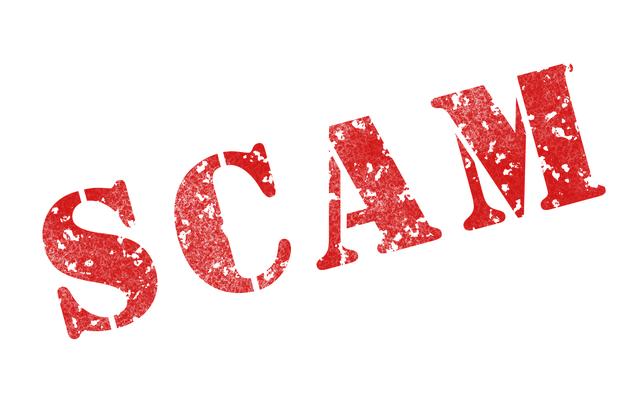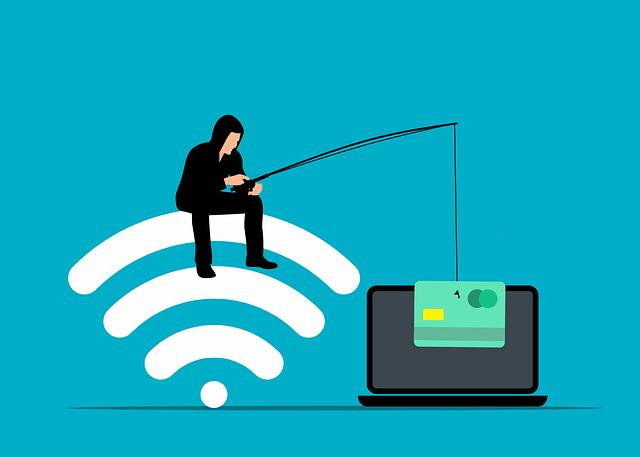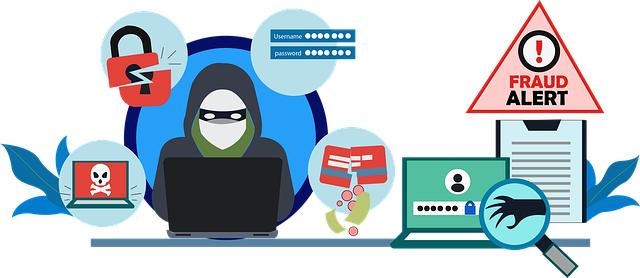- Introduction
- Understanding Gift Card Scams
- Common Techniques Used in Scams
- How to Spot Gift Card Scams
- Preventing Scam Victims
- Conclusion
- FAQs
Introduction
The digital age has ushered in unprecedented convenience, but it also brings along a range of vices, particularly in the realm of financial fraud. Among these, gift card scams have gained notoriety for their deceptive techniques and the emotional manipulation often involved. In this article, we will cover several key aspects of gift card scams, including understanding them, identifying common techniques used by scammers, spotting red flags, and ways to prevent becoming a victim.
Understanding Gift Card Scams

(Image: Pixabay/@geralt)
Gift card scams have become increasingly prevalent, evolving to trick people into providing personal information or money. At its core, a gift card scam typically involves an individual being persuaded to buy a gift card and share the card's details with the scammer. This method is particularly appealing to fraudsters as it allows them to convert your money into untraceable assets.
The anonymity associated with gift cards makes them an ideal target for criminals. Unlike traditional payment methods that can be traced back to bank accounts, once a gift card number is shared, it becomes nearly impossible to reclaim the funds. Scammers exploit this reality by using various tactics to instill fear, urgency, or confusion in their victims.
Government agencies and consumer protection organizations have been working tirelessly to educate the public about these schemes, yet many still fall victim due to the high-pressure tactics often employed by fraudsters. Awareness is the first line of defense, and understanding how these scams work is essential to combat them effectively.
In the subsequent sections, we will delve deeper into the intricate web of techniques used by scammers and how to build a robust defense against these frauds.
Common Techniques Used in Scams

(Image: Pixabay/@TheDigitalArtist)
Scammers deploy a veritable arsenal of scams disguised as legitimate interactions. One prevalent tactic involves impersonating authority figures, such as government agents, utility company representatives, or tech support personnel. By presenting themselves as lawful or credible entities, they manipulate victims into believing they must comply with demands or face punitive action.
Another widespread method involves phishing schemes. Here, the scammer sends fraudulent emails or text messages disguised as legitimate communications from reputable companies, prompting victims to click on links and divulge sensitive information. Once they gain access to personal accounts, they often defraud unsuspecting individuals using gift cards as the primary medium for receiving payments.
In some cases, scammers create fake online marketplaces or auction websites where they sell high-demand products at unrealistically low prices. Once victims purchase gift cards to complete the transaction, they lose their money and receive neither the product nor a refund, long before they realize they've been duped.
The use of social engineering is quite significant in these scams. Scammers study their targets and tailor their pitches to address specific vulnerabilities, whether emotional or financial. They prey on people's desire for quick fixes or urgent resolutions, making it imperative to remain vigilant and skeptical, even in seemingly straightforward situations.
How to Spot Gift Card Scams

(Image: Pixabay/@TheDigitalArtist)
Recognizing the signs of a gift card scam can save you from significant financial loss. A crucial red flag to watch out for is any request for payment via gift cards, especially if it comes unexpectedly. Legitimate organizations typically do not ask for payments in this manner, so if someone urges you to buy gift cards and share the information, it’s a strong indicator you are being scammed.
Another tactic used by scammers is creating a sense of urgency. Phrases like "act now," or "this is an exclusive offer" are designed to provoke impulsive actions. Always take a step back, think critically, and perform due diligence before taking any action, especially when dealing with financial matters.
Mistakes in spelling or grammar in communications also signify potential scams, as legitimate businesses strive for professionalism in their correspondence. Scammers often overlook these details, leading to poorly written emails or texts that should raise suspicion.
Lastly, remember to trust your intuition. If something feels off, it probably is. Prepare yourself with research on common scam tactics and be ready to question odd requests or offers. The more informed you are, the better equipped you will be to identify and evade scams.
Preventing Scam Victims

(Image: Pixabay/@Mohamed_hassan)
Preventing gift card scams begins with education. Engaging in conversations with friends and family about known scams can create a community of informed individuals who can warn each other of suspicious activities. Raising awareness allows even the most vulnerable members to be safeguarded against potential scams.
Utilizing protective measures can greatly reduce the risk of falling victim to scams. Setting up multifactor authentication on your accounts and routinely monitoring financial statements can help catch suspicious activity early on. Being proactive in this regard often leads to a quicker resolution if incidents occur.
Contact your banks and credit card companies for any alerts or advisories concerning scams. Many institutions provide resources to help customers stay informed about evolving schemes, which is critical given the ever-growing sophistication of fraud techniques.
Finally, consider reporting any suspected scams to authorities such as the Federal Trade Commission (FTC) or the Internet Crime Complaint Center (IC3). Your report may help save someone else from experiencing the same loss, contributing to broader efforts to combat fraud.
Conclusion
Unmasking the complexities of gift card scams reveals a landscape fraught with cunning deception and emotional exploitation. Understanding how scammers operate is a vital step in safeguarding your finances and mental well-being. By recognizing common techniques, spotting red flags, and actively taking steps to educate yourself and others, you build a formidable defense against these elusive threats.
As the digital world continues to expand, so too will the methods employed by fraudsters seeking to take advantage of unsuspecting individuals. Remember to stay informed, maintain healthy skepticism, and prioritize communication with loved ones regarding potential threats, ensuring you navigate the realm of financial transactions safely.
FAQs
What are gift card scams?
Gift card scams involve fraudsters persuading victims to purchase gift cards and share the card details, often under false pretenses.
How can I avoid becoming a victim of a gift card scam?
Be skeptical of any requests for payment through gift cards, recognize red flags, and educate yourself about common scam techniques.
Are government agencies involved in protecting consumers from gift card scams?
Yes, agencies like the FTC work to educate the public and take action against fraudsters, aiming to protect consumers.
What should I do if I’ve fallen victim to a gift card scam?
If you've become a victim, immediately report it to the authorities, as well as your bank or credit card company, and monitor your accounts for unauthorized transactions.

